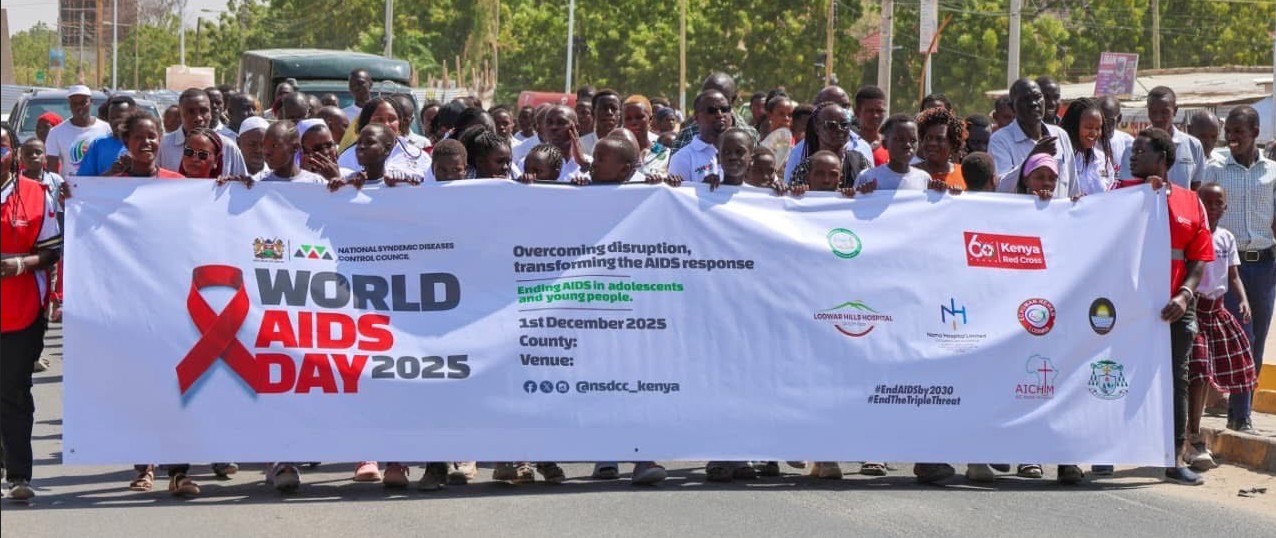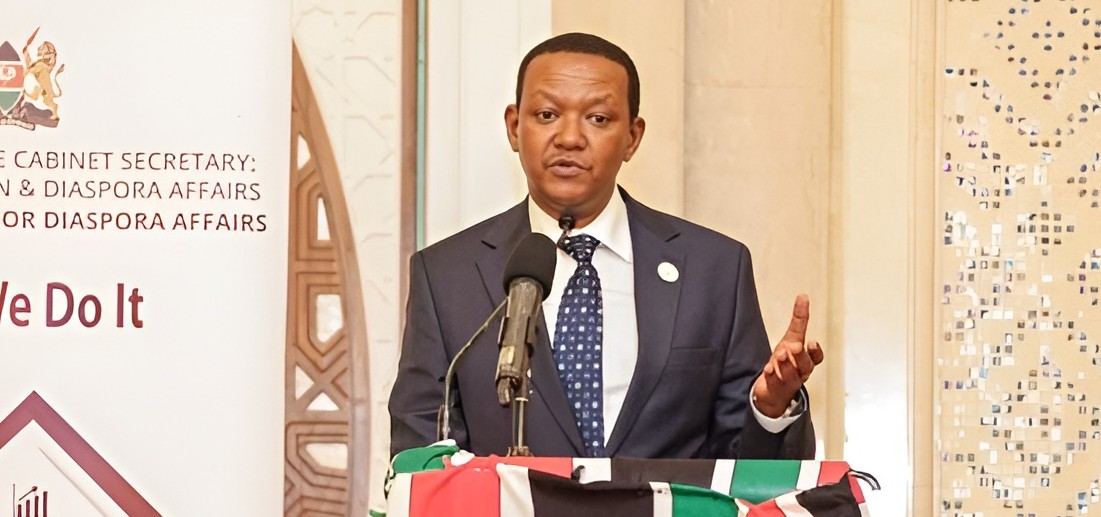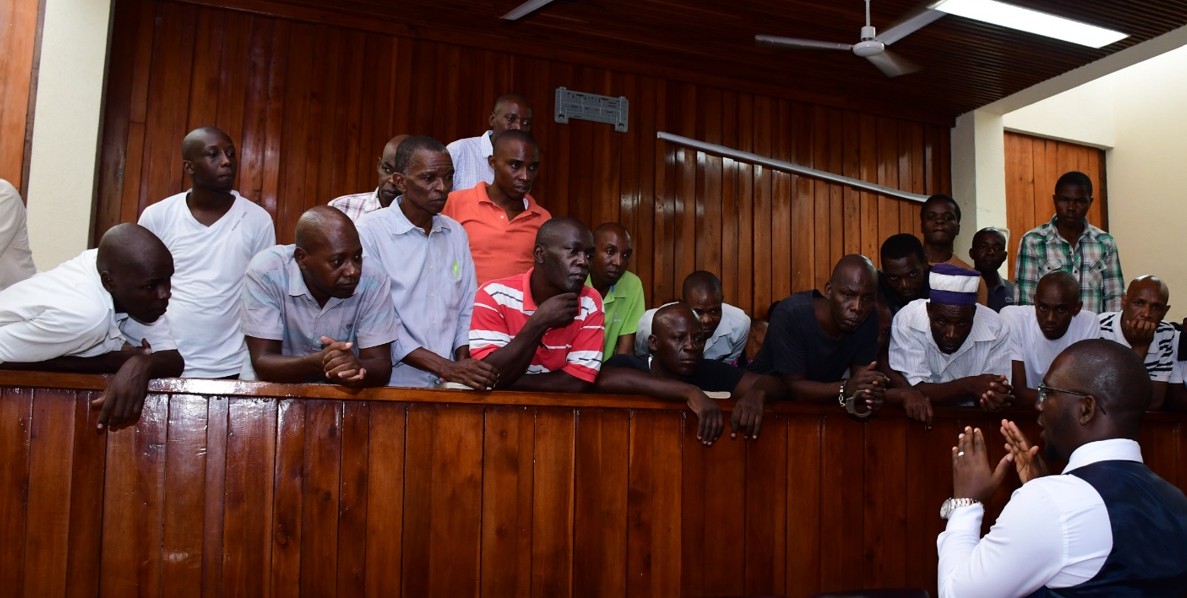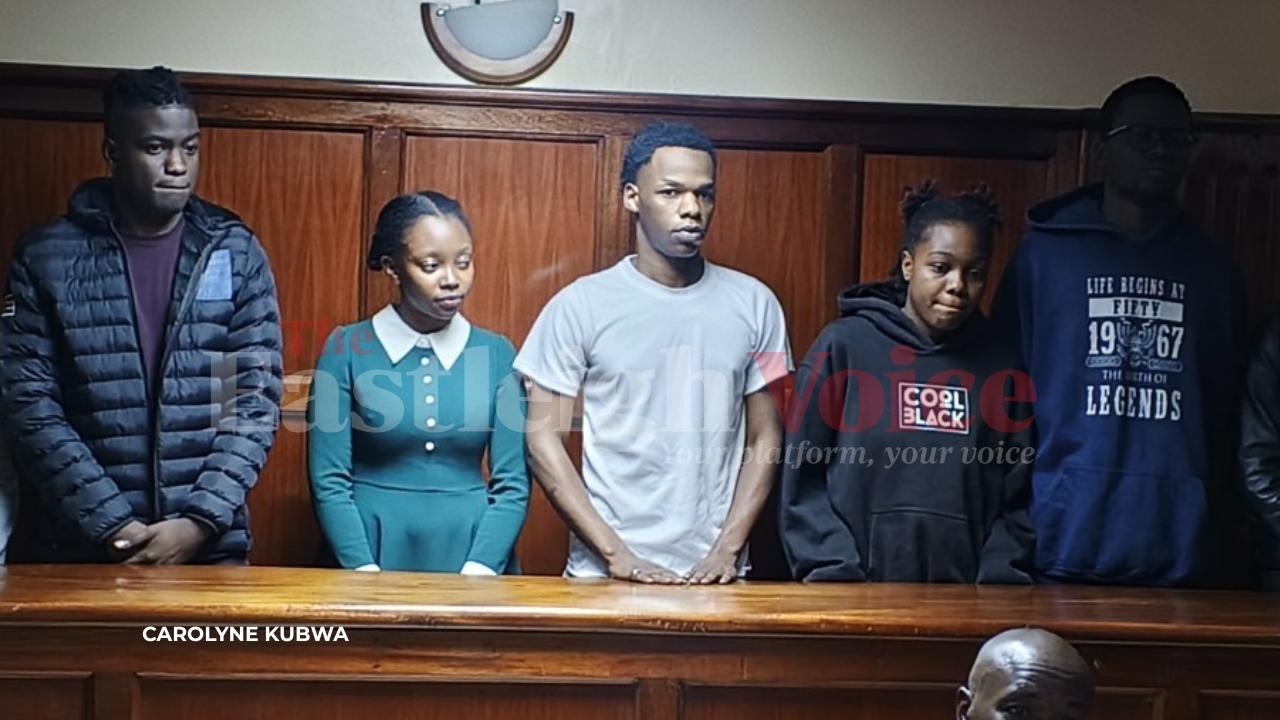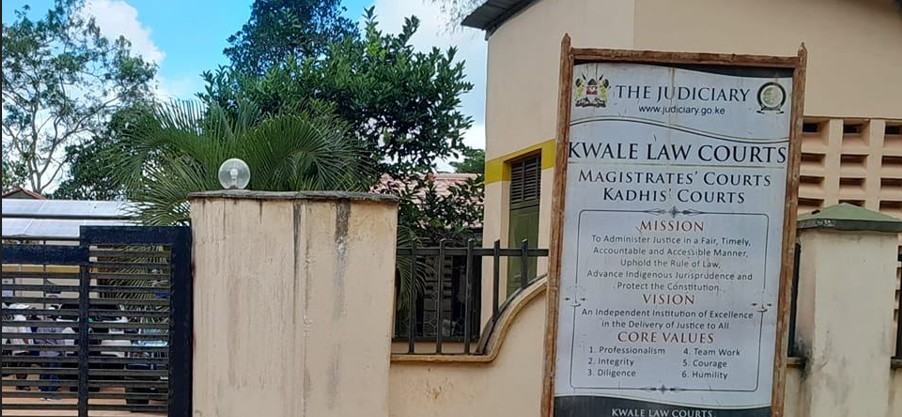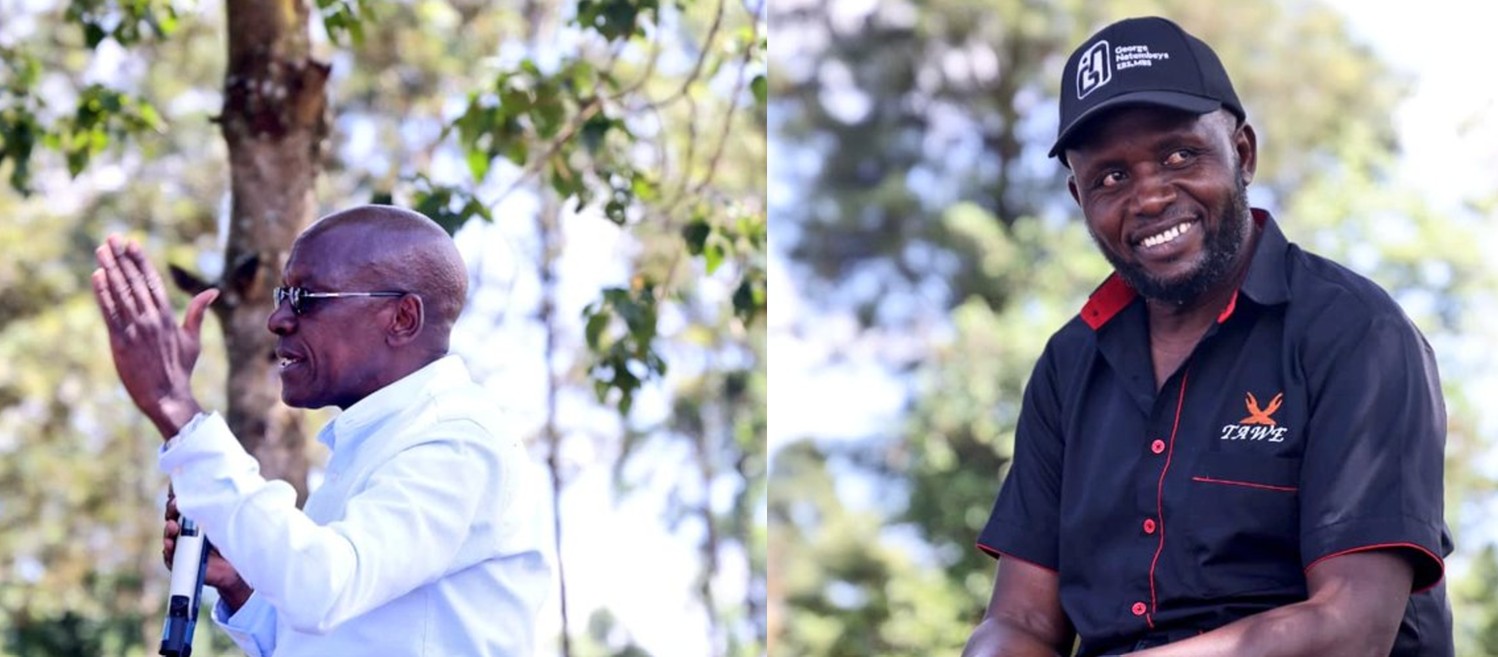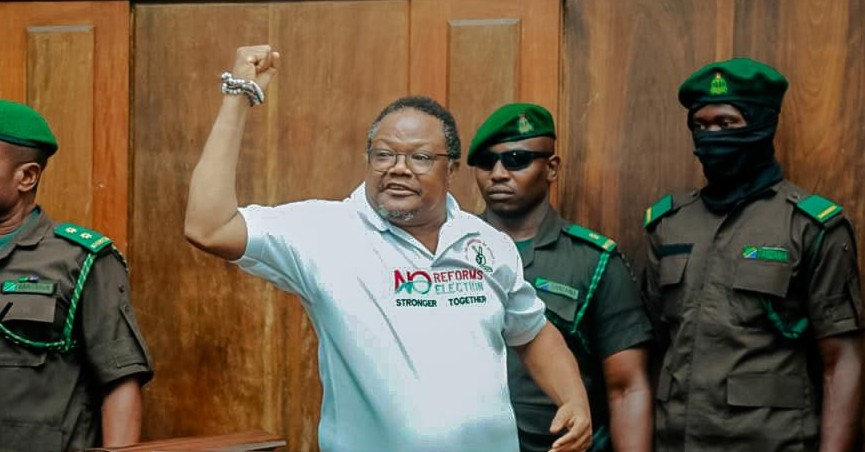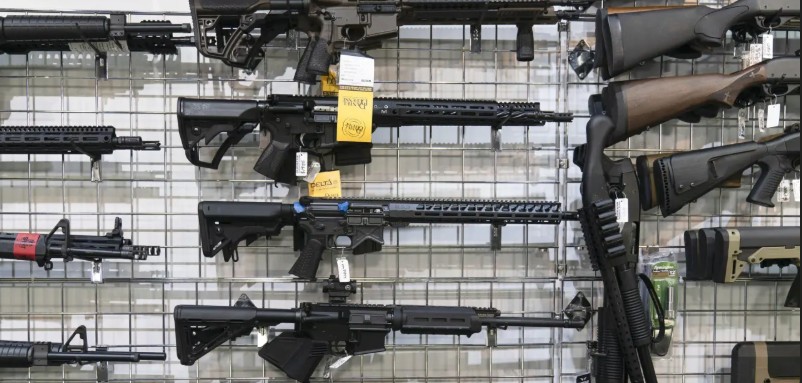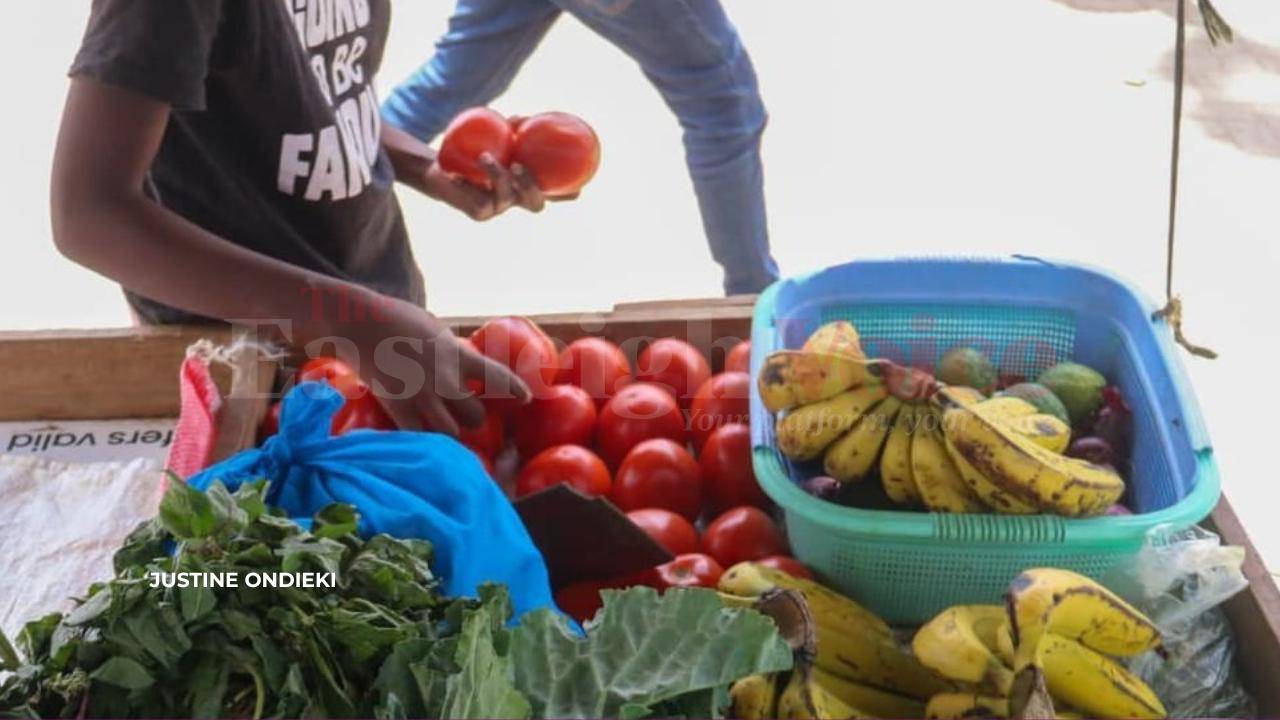Wagalla Massacre: Remembering Sister Annalena Tonelli
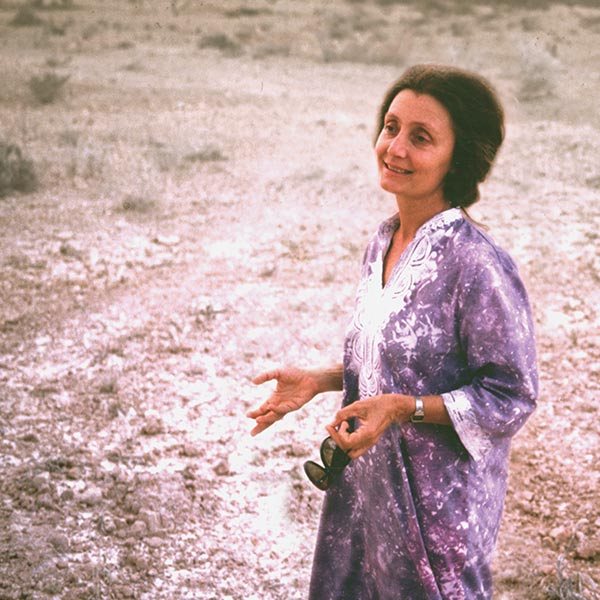
Tonneli buried the bodies in a mass grave within her centre’s compound.
Eyewitnesses attest to heroic acts by exceptional personalities during the 1984 Wagalla Massacre.
Sister Annalena Tonelli was time and again referred to by witnesses in the Truth Justice and Reconciliation Commission (TJRC) hearings as the “Heroine of Wagalla”.
More To Read
- Wajir West MP criticises government for excluding Wagalla Massacre victims from compensation plan
- Justice remains elusive for Wagalla Massacre victims as last remaining "mastermind" dies, taking secrets to grave
- Wagalla Massacre at 41: Calls for justice still echo decades later
- Wagalla Massacre 40th Anniversary: Survivors demand justice and healing
- Wagalla Massacre: Advocates call for implementation of TJRC recommendations
- Wagalla Massacre: A cry for justice and accountability After 40 Years
The Italian volunteer and Catholic sister had lived in Wajir for 15 years running a TB rehabilitation centre.
“Bulla Jogoo was the most affected area and it is here that Sister Tonelli had gone to remove the body of a disabled person who had been burnt in the house by security agents. On the third day, Sister Tonelli drove to Wagalla airstrip to collect the wounded and the dead” Ahmed Boya Arale, who lost his father in the Wagalla Massacre, told The Eastleigh Voice.
“They were denied access into the airstrip by the security agents and turned back at gunpoint. She could not access the dead and injured. Upon reaching Wajir town news broke of a stampede and shooting of detainees. She organised a search party into the bush collecting the injured and the dead and ferrying them to her centre in Wajir town," Ahmed told The Eastleigh Voice.
"She buried the bodies in a mass grave within her centre’s compound. My father was among those rescued by Sister Tonelli and he stayed at her center until he succumbed to complications later on.”
The Kenya government would later deny Sister Tonelli a work permit to continue to serve the people of Wajir from her TB centre declaring her persona non grata.
She relocated to Somalia where she was killed in October 2003 by unknown gunmen at her Borama town TB centre.
 Sister Annalena Tonelli. She was referred by witnesses in the Truth Justice and Reconciliation Commission (TJRC) hearings as the “Heroine of Wagalla”.
Sister Annalena Tonelli. She was referred by witnesses in the Truth Justice and Reconciliation Commission (TJRC) hearings as the “Heroine of Wagalla”.
Mohamed Elmi is another Wagalla massacre hero. He worked under Sister Tonelli as a nursing officer in Wajir, collecting the injured for treatment and the dying for burial.
During the hearings, Elmi gave testimony of how he worked under Sister Tonelli, under very difficult circumstances.
"We took the very injured ones to the hospital, which was already full, and the rest to her compound for treatment. We mobilised hospital staff to start treating them. Some volunteered to work day and night," Elmi told the TJRC hearing.
"What I saw and which has remained very distinctly in my mind until today, is a pile of bodies to my right, and two naked people carrying another dead body to put on the pile," he added, in tears.
"On the far left side of the field, I saw a young man running to the water bowser which had water leaking and flowing from it. Two soldiers were coming from different directions and beating him," he said.
"As we were parked, with our vehicle doors open, two military lorries came after us. The soldiers first asked for directions. They were wearing masks. They told us to move our vehicle from the road so they could pass. They went ahead, and as they passed a stench came out of the lorries. We later learned that they were the ones dropping the dead bodies."
Elmi and his team were arrested, beaten and locked up by the security agents.
He later became MP for Tarbaj and Minister of Development of Northern Kenya & other Arid Lands.
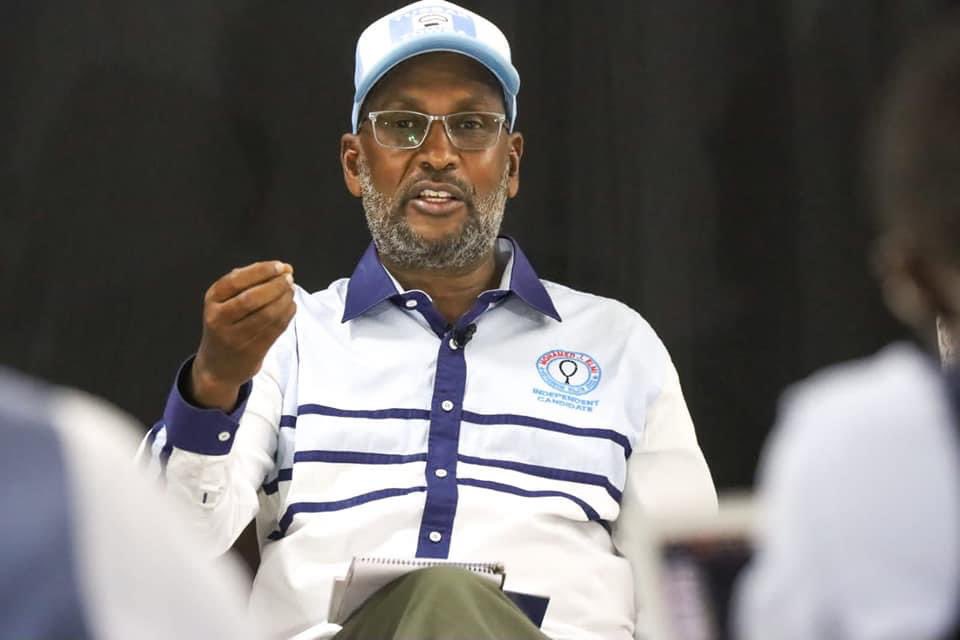 Mohamed Elmi, who is remembered as one of the Wagalla Massacre heroes. (Photo: X/ Mohamed Elmi)
Mohamed Elmi, who is remembered as one of the Wagalla Massacre heroes. (Photo: X/ Mohamed Elmi)
The TJRC further heard that the government had banned relief operations to Wajir following the massacre.
An American doctor working for AMREF, Nancy Caroline, secretly organised a charter plane carrying food and medicine from Nairobi to Wajir.
The TJRC report said that Caroline remained in Wajir for two weeks assisting Sister Tonelli and described her as “extraordinary”.
She would later compile a report together with AMREF colleague Michael Wood, documenting the situation. She had to resign from her AMREF job before she indulged herself in this secret relief operation.
Wood was also instrumental in mobilising European countries to come to Wajir to assess the situation.
Journalist Robert Rosenthal, who worked for the Philadelphia Inquirer, is recognised in the TJRC report and fondly remembered by the people of Wajir for documenting the details of the massacre at a time when local media gave the story a blackout and the Moi government accused the international media of exaggerating “minor quarrel”.
MP Ahmed Khalif himself, a former journalist, helped keep the Wagalla massacre alive on both local and international media.
He would secretly feed the international media from Nairobi with the updates and at one point escaped arrest when Parliament was in recess.
He would later table the issue in Parliament shocking many who had not heard about the military operation.
Top Stories Today
